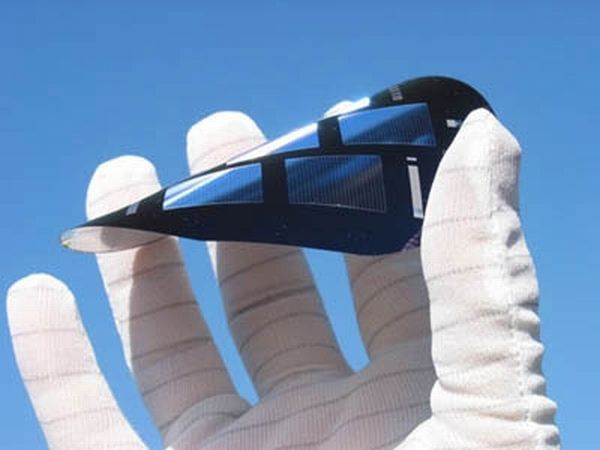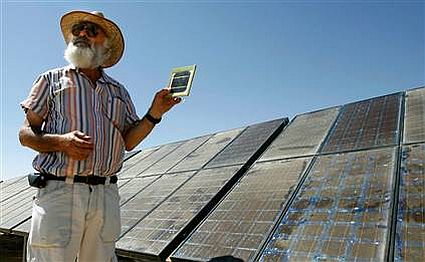
With the world running out of non-renewable fuel sources, researchers have been trying all squares out to find the best renewable source to power the world once the reserves are over. What they have found out is good but they still have to make it the best.
When we talk about the sources which have the potential to power the world, wind and sun are the foremost options that strike the mind, however, still we have not been able to develop techniques that completely exploit these sources of unlimited energy. Still we are in a position to find some techniques that have changed the expensive and non-efficient face of solar power to something which has the potential of improvement. Here is a list of the five advancements in solar technology that have made some think it as the next-gen fuel.
Reflective dishes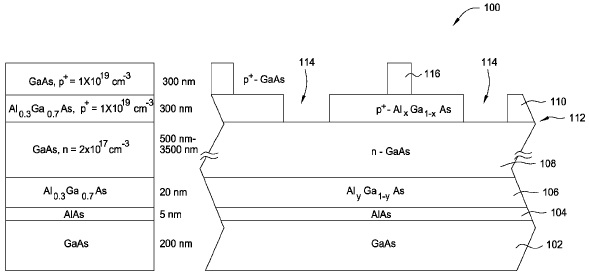
The demand of solar energy has increased the demand for silicon, this has made researchers think of alternatives to silicon. A team of researchers at Israel’s Ben Gurion University has found what they are calling a better alternative to silicon. The team has used gallium arsenideinstead of silicon in their solar cells, which becomes more efficient when used with reflective dishes. This makes the system expensive than silicon solar panels, but the cost per watt is made comparable to that of a conventional power plant. The team has designed a reflector made of mirrors that collects and intensifies the light a thousand times over. A solar energy system built on 4.6 square miles in the Negev would produce 1,000 megawatts of electricity.
Spherical Solar Cells
Spherical Silicon Solar Arrays is the brainchild of Japan’s Clean Venture 21 and is up to five times cheaper and uses up to five times less material and consumes half the energy to reproduce. With good optical properties these 1mm silicon cells are put into little reactors, measuring 2.2 to 2.7 mm in width. Since the cells are spherical and not rectangular, the sunlight is absorbed from all possible angles for generating power with better efficiency and flexibility.
Paint on Solar Cells
Thinner solar cells mean that they can be embedded in places where no one ever thought of having them. This is what researchers at the New Jersey Institute of technology thought when they developed solar cells so thin that they can be painted on flexible plastic sheets, which can then take up the place of your normal glossy paints. These cells are based on the combination of carbon nanotubes and carbon Buckyball molecules to create a series of snake-like patterns which can conduct electricity. Researchers also expect that the technique will be much cheaper than what is being used today.
Solar concentrators – Heliotube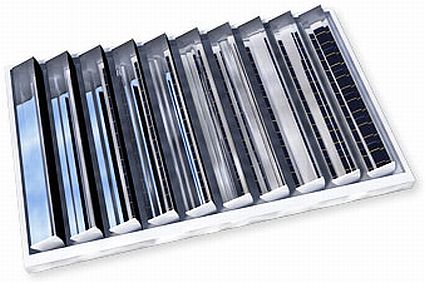
The best way to improve the efficiency of solar cells is to increase the amount of sunlight that falls on the surface of solar cells. Solient Energy knew how to do that when they released an efficient solar panel dubbed the Heliotube. The panel made use of solar concentrators or mirrors that scan the sky and move the panel in the most profitable direction. This technique also lessens the amount of photovoltaic material required in the design, thereby reducing the overall cost of the panel by up to half. The company has also done well in releasing roof and parking lots optimized panels.
Nanotechnology powered DSSCs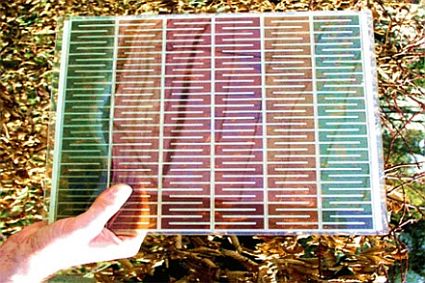
This technique was developed by the researchers at the Ohio State University. The cells dubbed Dye Sensitive Solar Cells (DSSC) developed by the researchers were not only cost-efficient, beautiful to look at but also converted more light into electricity. The key to all this was the use of a mixture of ruthenium and either titanium or zinc oxide particles that could absorb the incoming rays of the sun. To ensure that these cells not only consume the power of the sun, but also conducted electricity, researchers implanted nanowires in these cells which serve as connections.




